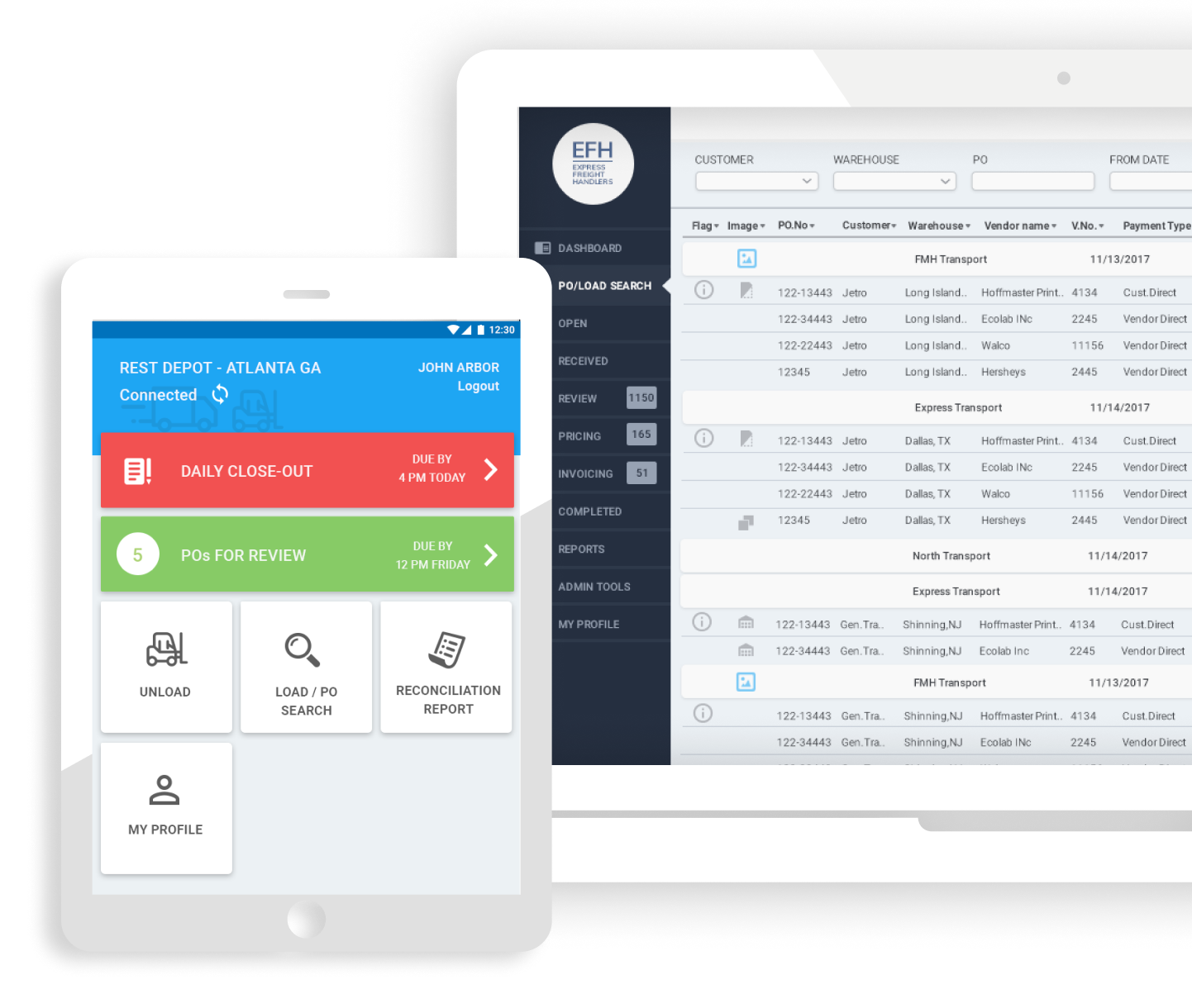AOPA Pilot Training
A suite of applications created for a non profit organization to streamlining flight training for students, CFIs, and flight schools.
Overview
The number of private pilot licenses issued annually has declined by over 80% since 1980, signaling a growing challenge in making aviation accessible and appealing. This project looks to address this trend by creating a platform that simplifies and enhances the learning experience across multiple touchpoints, making the journey to becoming a private pilot fun, engaging, and achievable. The project aimed to revolutionize how flight schools, instructors, and students manage their curricula, ensuring seamless coordination, progress tracking, and compliance with aviation regulations. By addressing these barriers, the platform strives to inspire a new generation of pilots and invigorate the aviation community.
Role and Responsibilities
Design Lead | Designed 3 new web Apps & an iPad app | E2E Product Design
As lead designer, I led the end-to-end design process, from research to prototyping and final handoff. I collaborated closely with product managers, developers, and aviation experts to ensure the platform met user needs and regulatory requirements. I also facilitated design workshops to gather cross-functional input and align on priorities.
Impact
15% ↓
Reduction in student drop out rate.
35% ↑
increase in student satisfaction due to adaptive dynamic training experience unique to each student.
40% ↓
Reduction in administrative time for instructors, allowing more focus on teaching.
90% ↑
students reported improved clarity in tracking their progress.
The Problem
Flight schools are independently owned and often lack dedicated software for managing student logs, lesson plans, and instructor schedules. Certified Flight Instructors (CFIs) frequently change, leading to a lack of continuity in training. Each class costs students upwards of $200, and inefficiencies such as disorganized record-keeping, inconsistent training quality, and miscommunication erode trust and motivation. These issues contribute to high dropout rates among students, as they become frustrated with the process and lose sight of their goals.
Approach & Process
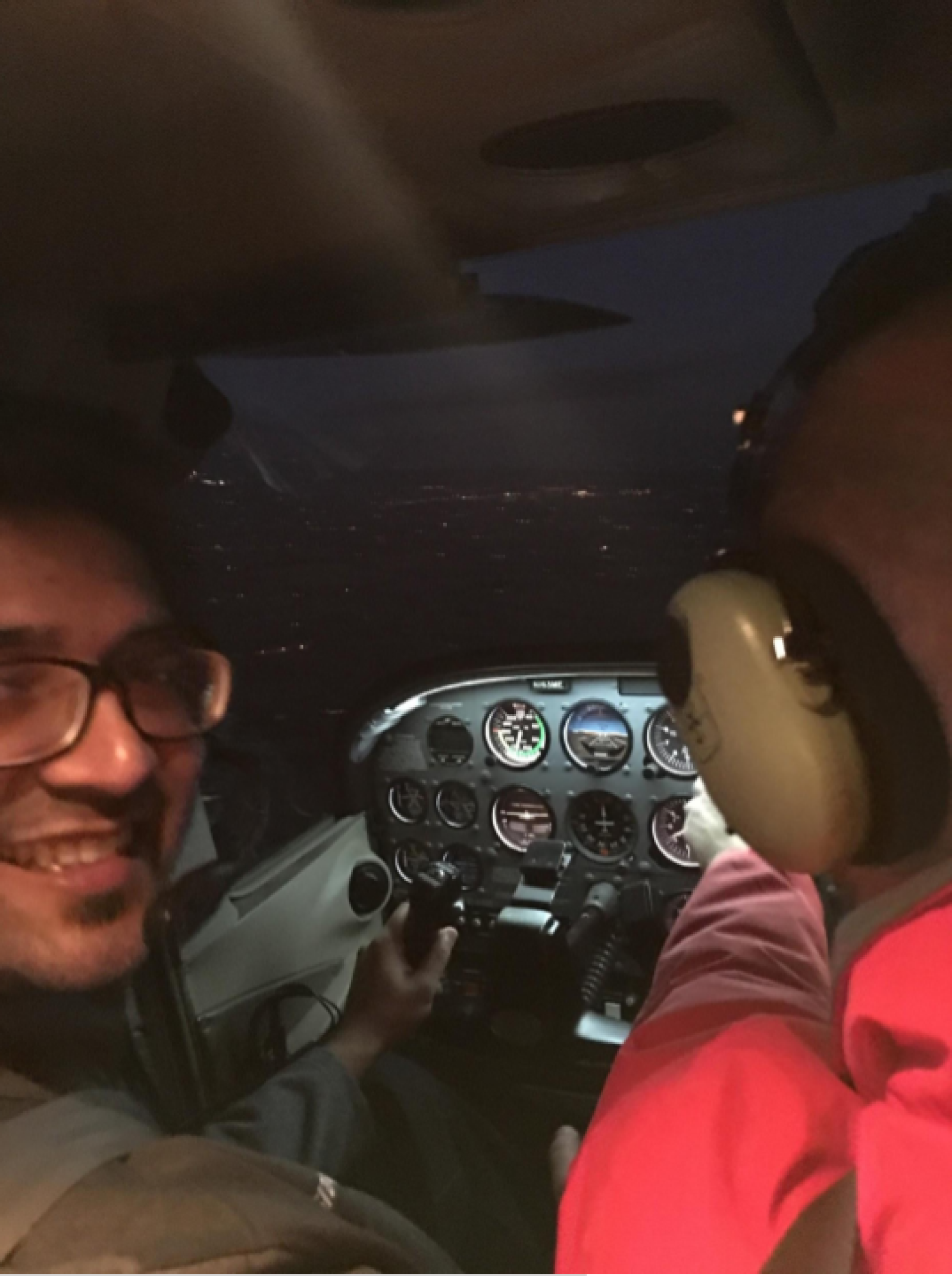
Research
From over 50 interviews with flight school owners, CFIs, and students, and facilitating multiple working sessions with stakeholders, I learnt that,
- Flight schools often do not operate like standard schools and struggle to keep track of student enrollment and progress, particularly due to the high turnover of certified flight instructors.
- Students pay upwards of $200 per class and frequently face disruptions, such as being reassigned to new instructors or spending time on flight simulators without tangible progress, leading to frustration and dropouts.
- CFIs are overwhelmed with paperwork and face logistical challenges in recording feedback during flights. Turbulent conditions make in-flight note-taking difficult, requiring them to rely on memory to document observations post-flight. Additionally, there is minimal time between students to plan lessons effectively.
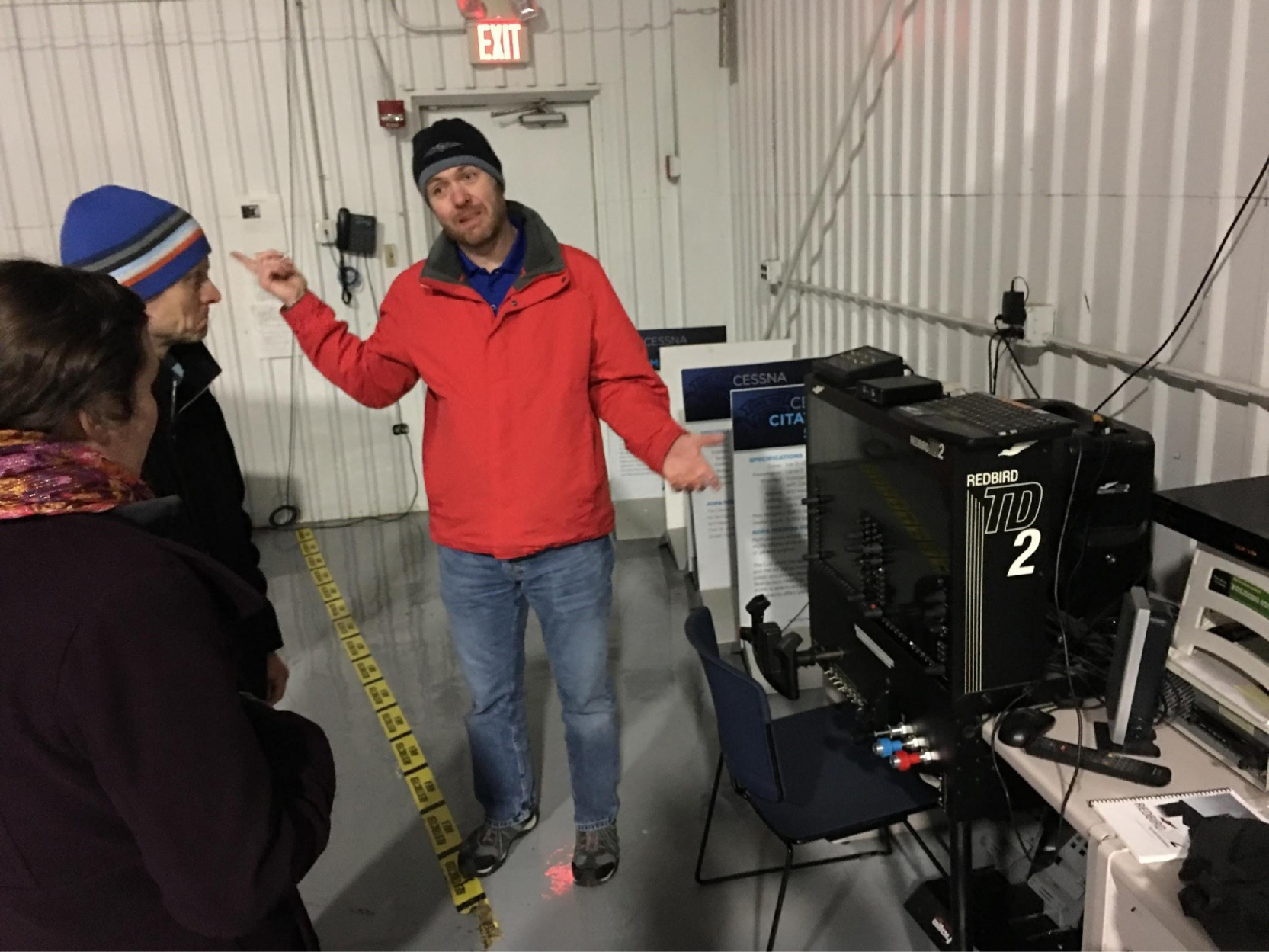
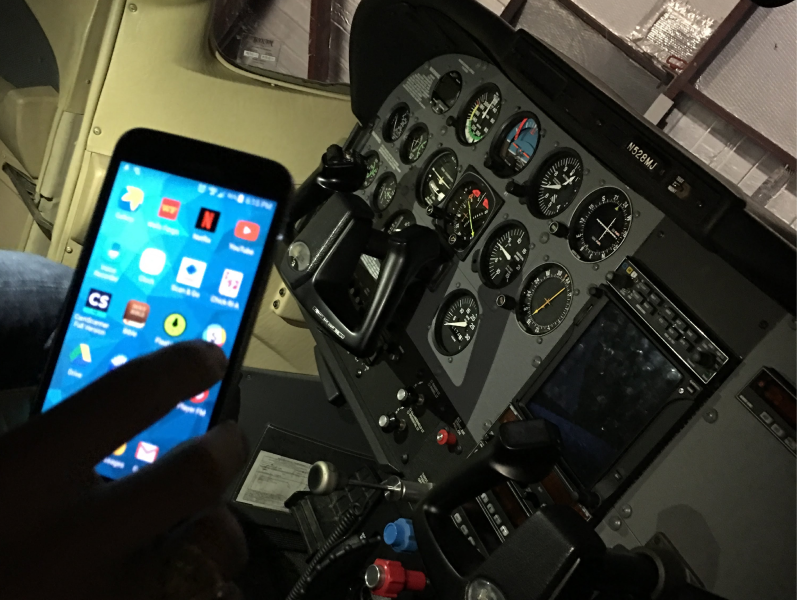
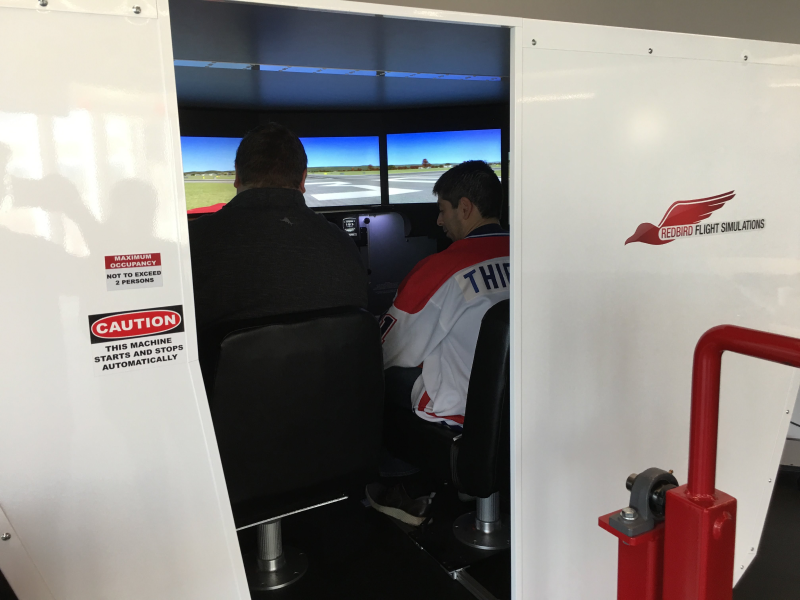
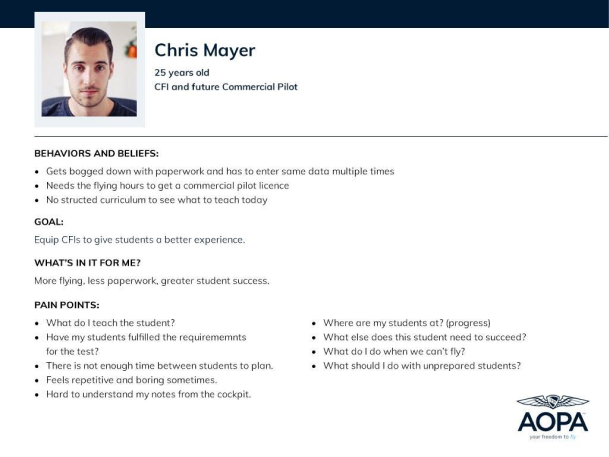
Ideation
The ideation phase focused on translating user pain points into actionable design solutions.
- User journeys helped highlight moments of friction, such as disorganized student records and redundant administrative tasks.
- Facilitated cross functional workshops to generate a wide variety of ideas like updating training plan based on weather for students; giving a brief to CFIs about student progress before each class; enrollment dashboard for flight schools.
- Affinity diagrams helped group user insights and identify themes. For instance, a recurring theme was CFIs needed ways to capture feedback when flying in a shaky environment.
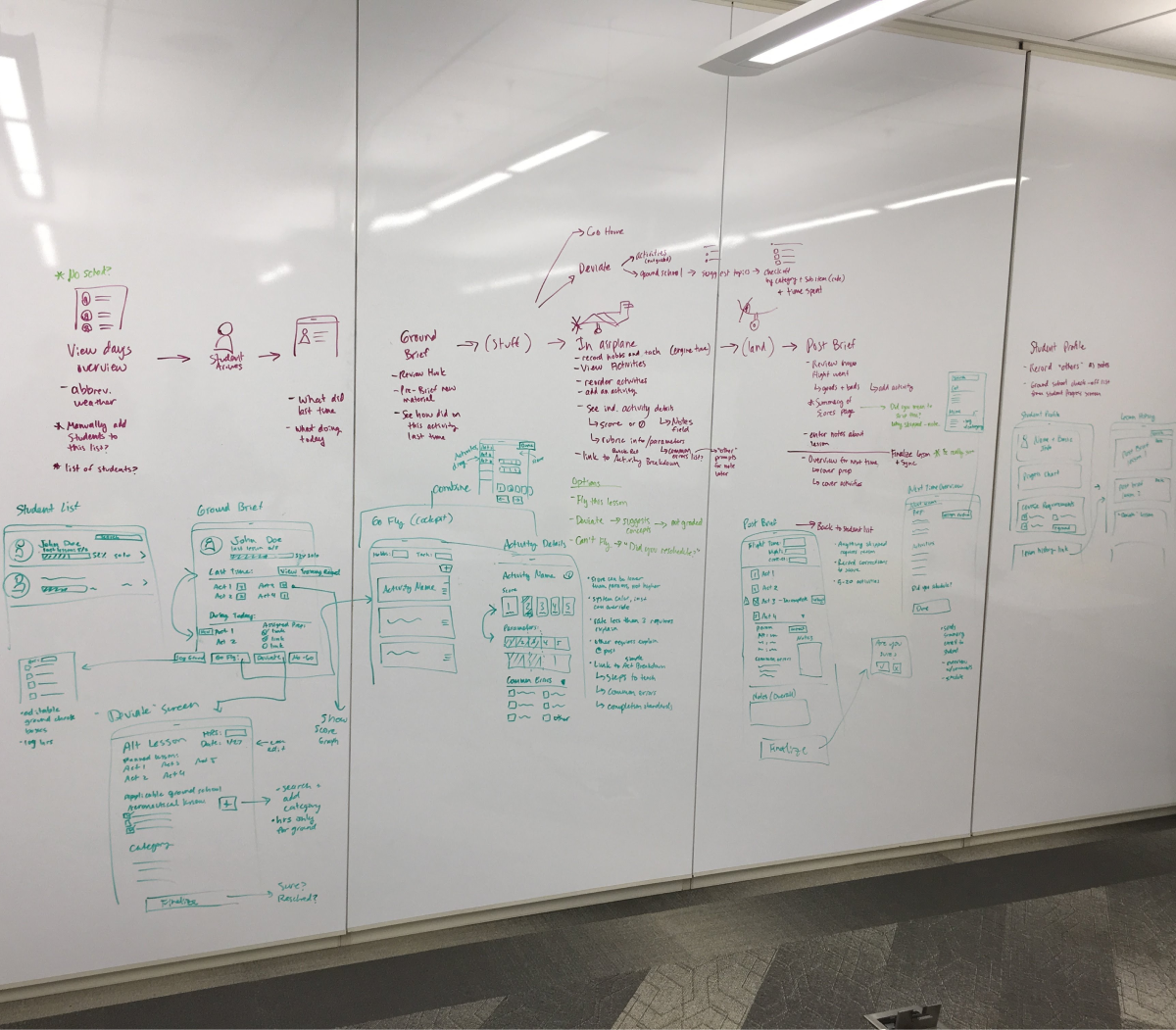
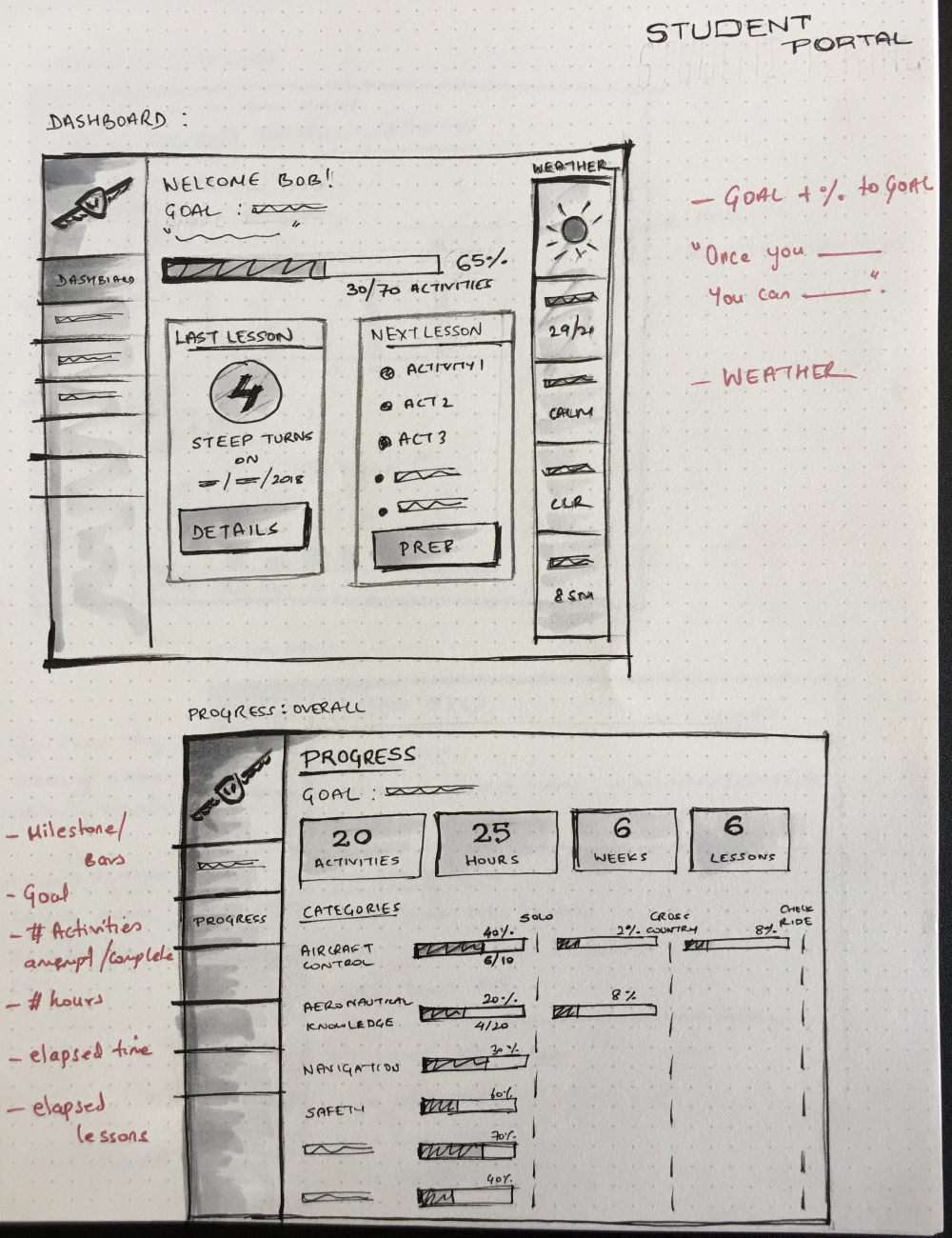

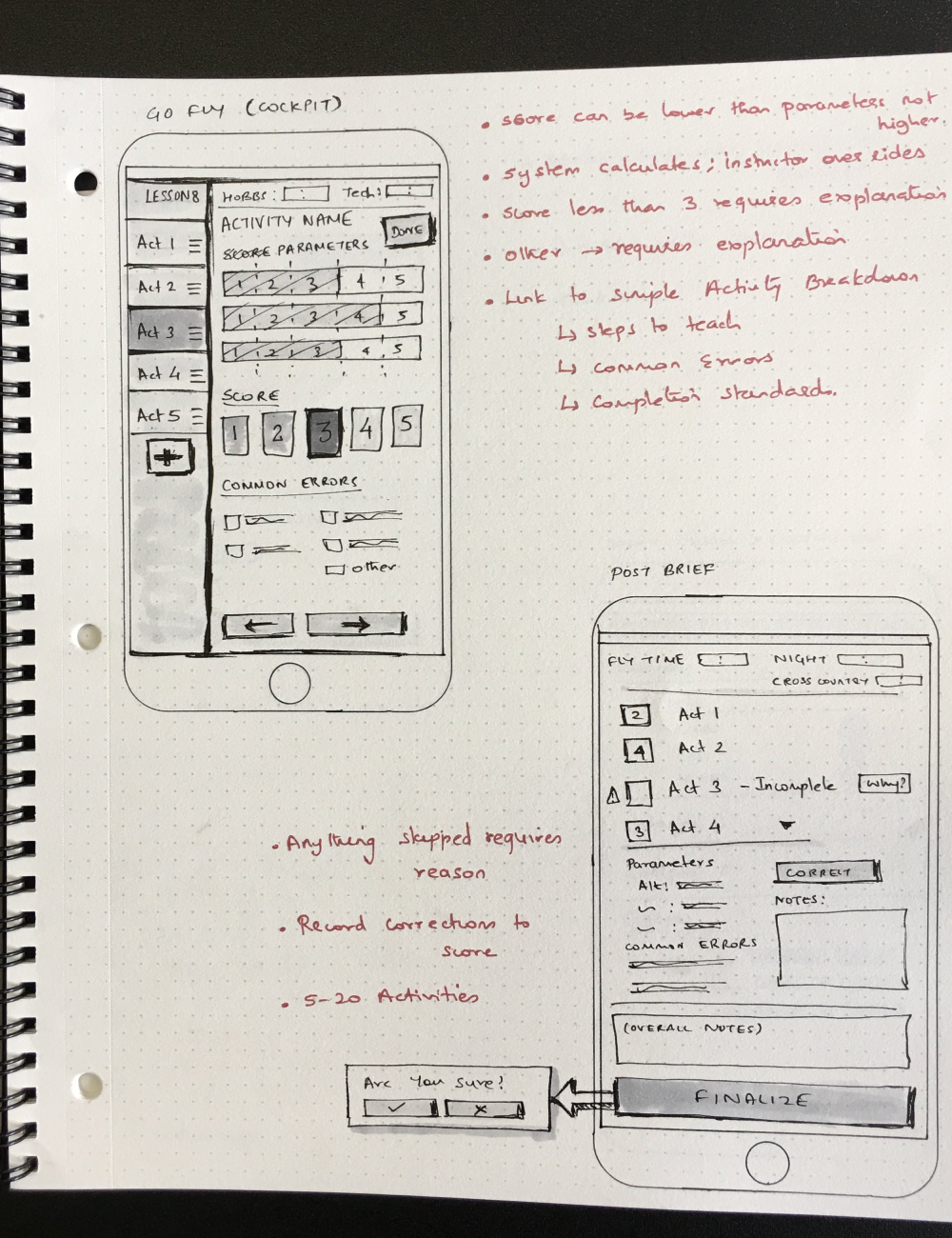
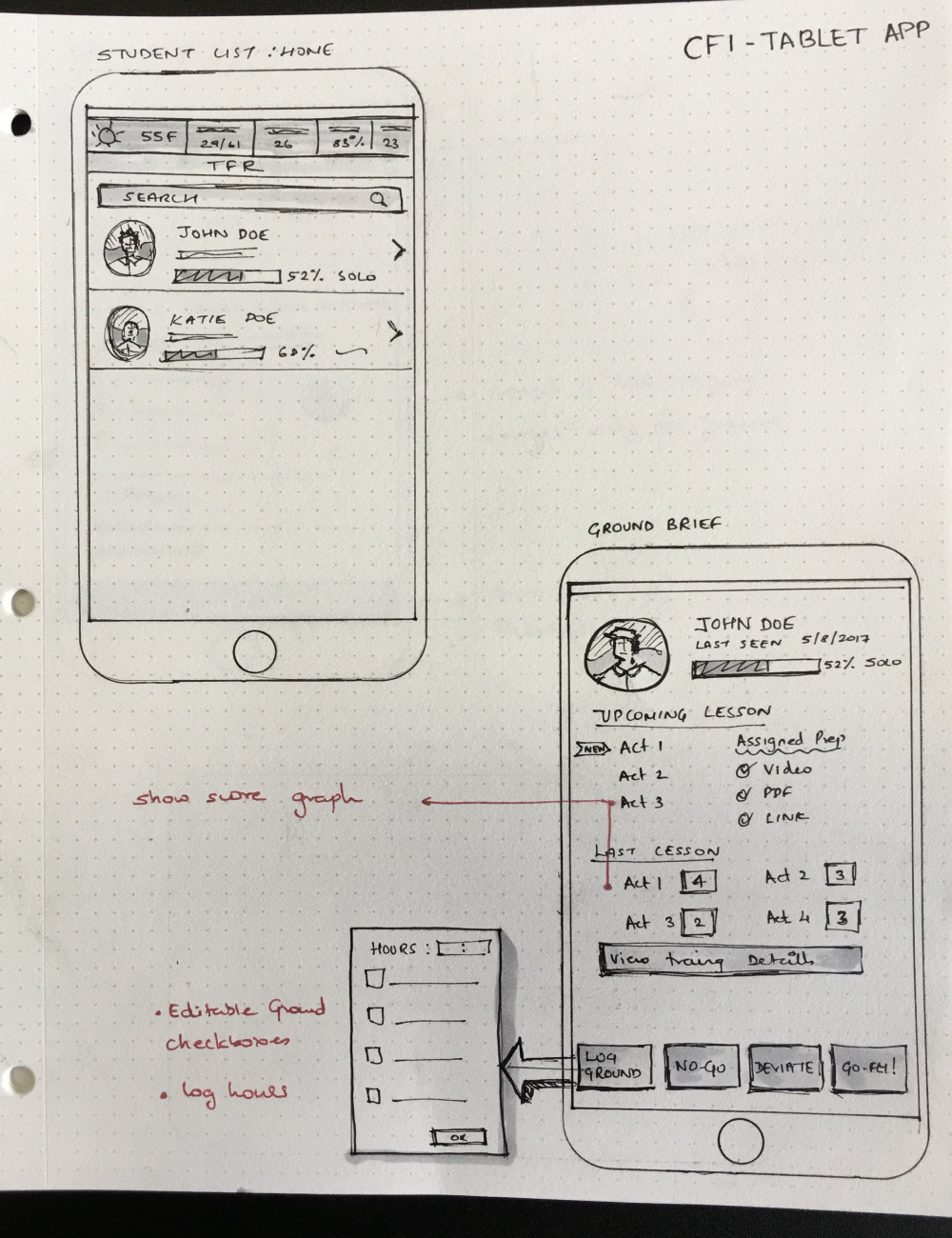
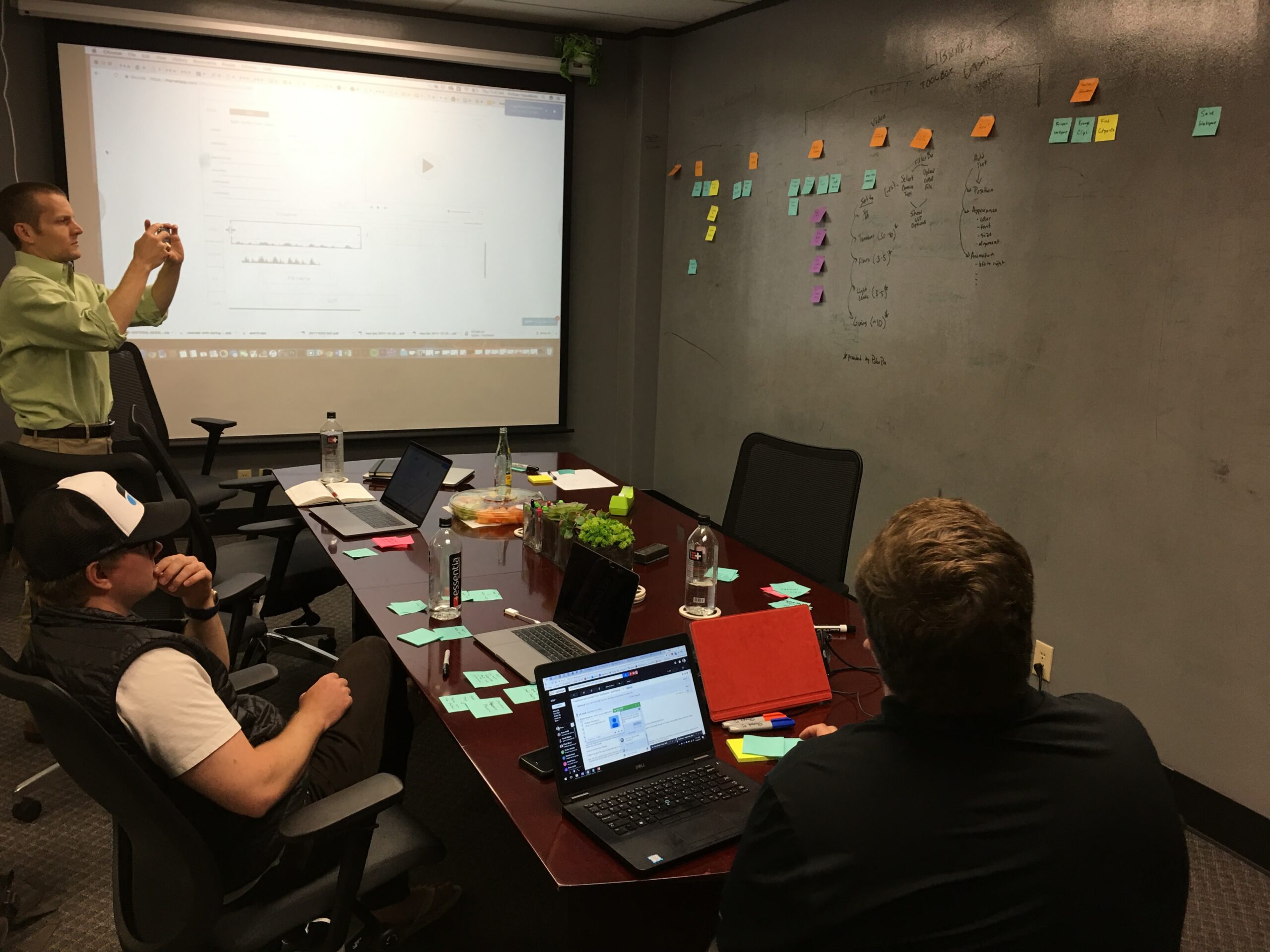
Wireframing, Prototyping & Testing
Over the course of the project, I created over 300 screens across 3 webapps & an iPad app across iterations. Here are a few images to give a glimpse into the process.
-
Both Stakeholder and user ( Students, CFIs & Flights school owners) feedback helped with iterations in addressing challenges such as enabling real-time feedback, streamlining lesson planning, and improving progress visibility.
-
Conducted two rounds of usability testing to refine the user interface and even had marvel prototypes tested by CFIs during flights to get real world feedback.
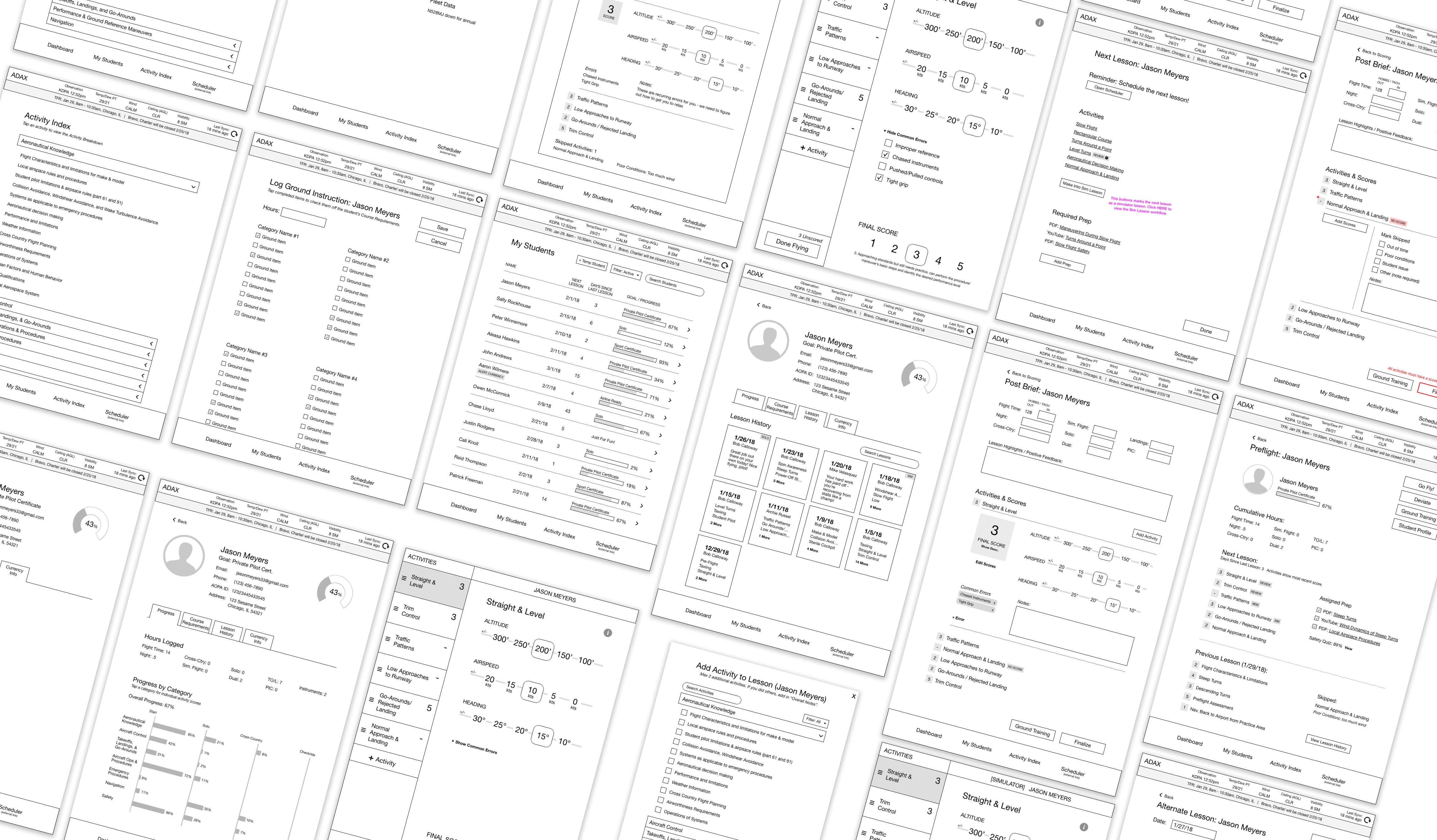
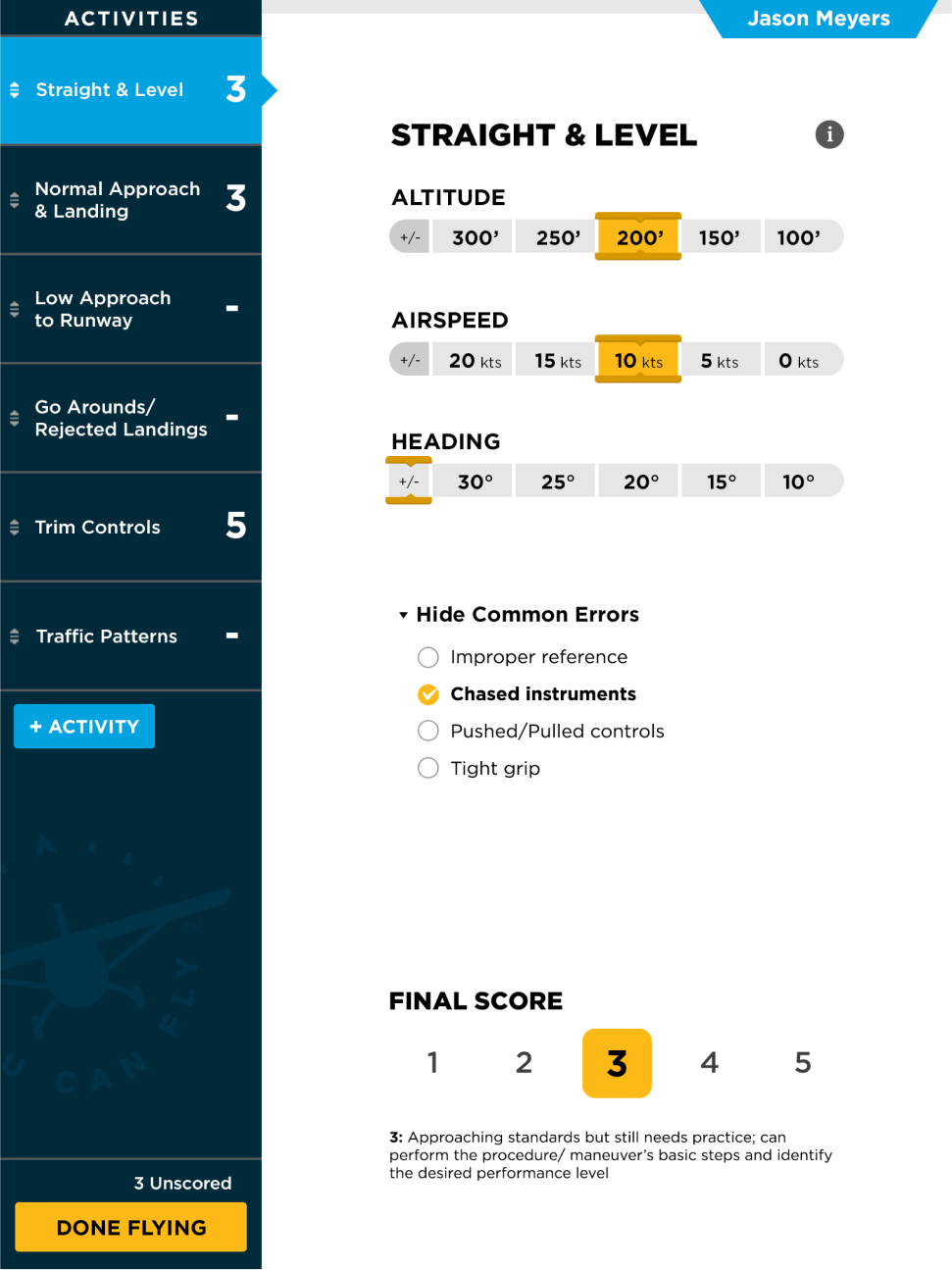
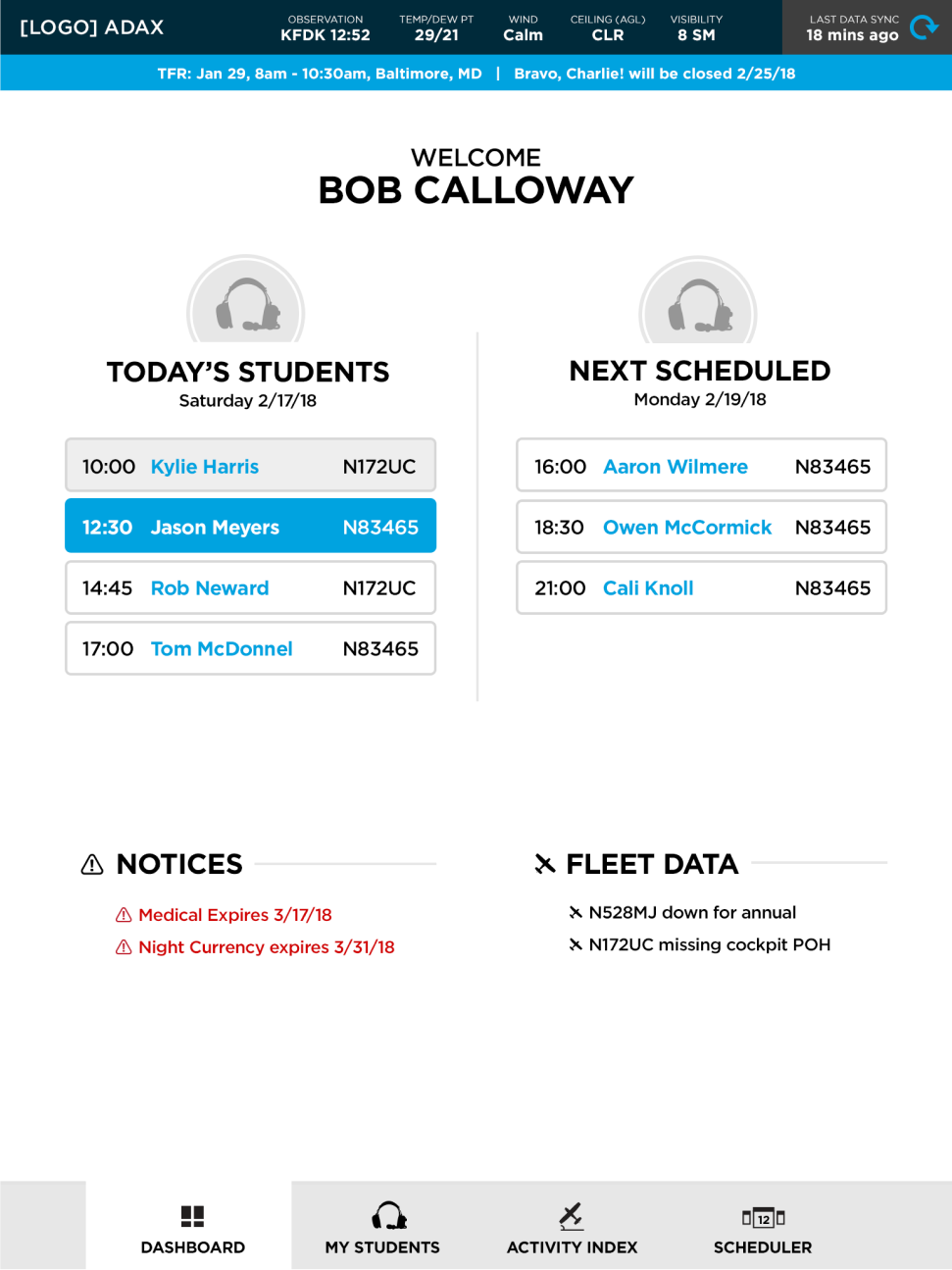
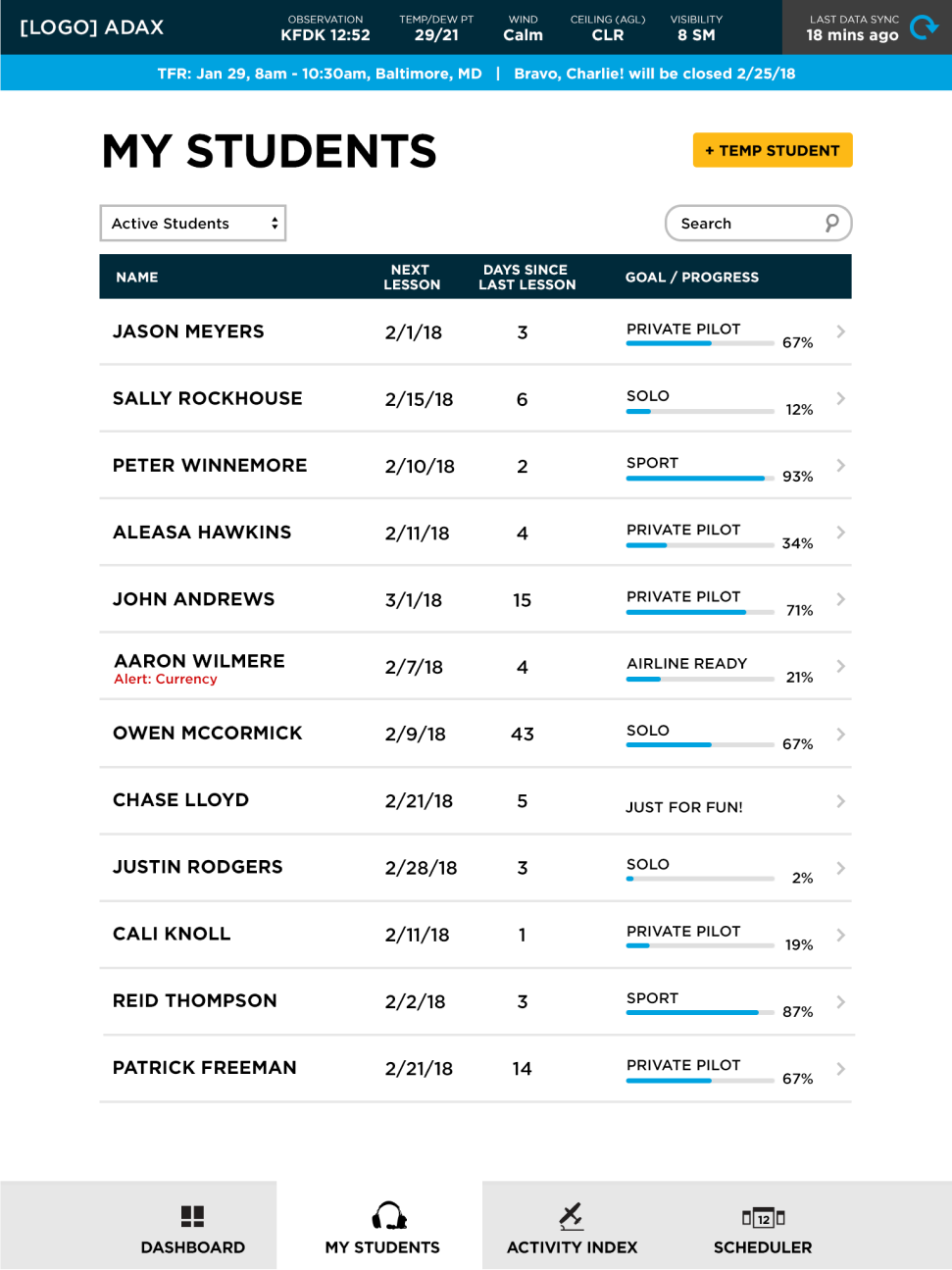
Challenges and Resolutions
Challenge: Ensuring compliance with FAA guidelines while maintaining a user-friendly experience.
Resolution: Partnered with aviation consultants to validate the design and incorporated compliance checks seamlessly into the workflow.
Challenge: Balancing diverse user needs (students, instructors, and administrators).
Resolution: Developed customizable dashboards for each user role to tailor their experience.
Challenge: High instructor turnover leading to inconsistent training experiences for students.
Resolution: Worked with aviation stakeholders in standardizing the curriculum accessible through the platform to ensure continuity, regardless of instructor changes.
Challenge: Instructors struggling to provide real-time feedback during flights.
Resolution: Introduced canned easy to choose responses while flying and post flight- feedback templates, considered voice recordings to capture instant feedback to streamline the feedback process.
Challenge: Limited digital literacy among some users, particularly older CFIs.
Resolution: Provided an onboarding guide and in-app tooltips to help users familiarize themselves with the platform quickly.
Challenge: Maintaining engagement and motivation for students throughout the lengthy training process.
Resolution: Implemented gamification elements, such as badges for completed milestones and a progress tracker, to keep students motivated.
Broader Impact
This platform addresses systemic challenges in the aviation industry, aiming to:
Encourage more individuals to pursue pilot training by removing friction points in the learning process.
Boost enrollment and retention rates at flight schools, contributing to a larger talent pool in aviation
Strengthen the aviation community by making the path to becoming a pilot more accessible and enjoyable, ultimately fostering a renewed interest in private aviation
Improved instructor retention by providing a streamlined workflow and reducing paperwork-related frustration



